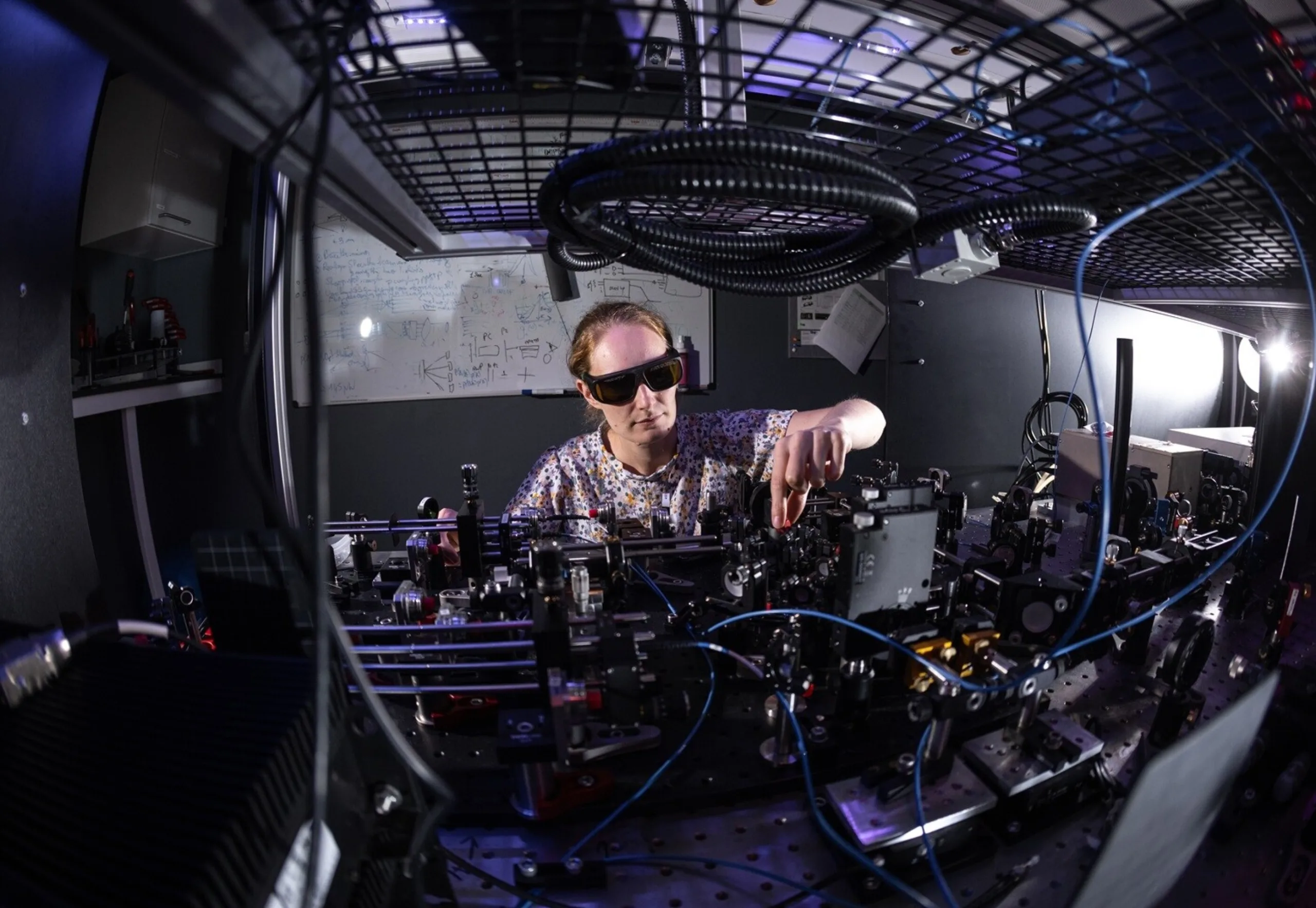Researchers from Imperial College London, the University of Southampton, and the Universities of Stuttgart and Wurzburg have successfully produced, stored, and retrieved quantum information for the first time, a significant step in quantum networking. The team created a system that interfaces two key components: a device that creates quantum information and a quantum memory device. This system uses regular optical fibers to transmit quantum data. Dr. Sarah Thomas and Lukas Wagner, co-first authors of the study, emphasized the importance of this development for future quantum networks. The research is part of the EU-funded project ‘Qurope: Quantum Repeaters using On-demand Photonic Entanglement’.
Quantum Networking: A Significant Step Forward
In a significant development for quantum networking, researchers have successfully produced, stored, and retrieved quantum information for the first time. This achievement is a critical step towards the development of quantum networks for distributed computing and secure communication. Quantum computing holds immense potential for solving complex problems such as optimizing financial risk, decrypting data, designing molecules, and studying the properties of materials.
However, the transmission of quantum information over long distances has been a significant challenge due to the loss of quantum information. To overcome this, researchers have proposed dividing the network into smaller segments and linking them with a shared quantum state. This requires a quantum memory device that can store and retrieve quantum information, and another device that can create quantum information.
For the first time, researchers have successfully created a system that interfaces these two key components and uses regular optical fibers to transmit the quantum data. This achievement was made by researchers at Imperial College London, the University of Southampton, and the Universities of Stuttgart and Wurzburg in Germany. The results of their research have been published in Science Advances.
Overcoming Long-Distance Communication Challenges
In regular telecommunications, information can be lost over large distances. To combat this, systems use ‘repeaters’ at regular intervals, which read and re-amplify the signal, ensuring it reaches its destination intact. However, classical repeaters cannot be used with quantum information, as any attempt to read and copy the information would destroy it. This presents a unique challenge for long-distance quantum networking.
One proposed solution is to share quantum information in the form of entangled particles of light, or photons. To share entanglement over long distances across a quantum network, two devices are needed: one to create the entangled photons, and one to store them and allow them to be retrieved later. However, the creation of these photons on demand and having a compatible quantum memory in which to store them has been a long-standing challenge for researchers.
A Breakthrough in Quantum Networking
To overcome this challenge, the research team created a system where both devices used the same wavelength. A ‘quantum dot’ produced photons, which were then passed to a quantum memory system that stored the photons within a cloud of rubidium atoms. A laser turned the memory ‘on’ and ‘off’, allowing the photons to be stored and released on demand.
Notably, the wavelength of these two devices matched, and it is at the same wavelength as telecommunications networks used today. This allows it to be transmitted with regular fiber-optic cables familiar in everyday internet connections.
European Collaboration and Future Improvements
The quantum dot light source was created by researchers at the University of Stuttgart with support from the University of Wurzburg, and then brought to the UK to interface with the quantum memory device created by the Imperial and Southampton team. The system was assembled in a basement lab at Imperial College London.
While independent quantum dots and quantum memories have been created that are more efficient than the new system, this is the first proof that devices can be made to interface and at telecommunications wavelengths. The team will now look to improve the system, including ensuring all the photons are produced at the same wavelength, improving how long the photons can be stored, and making the whole system smaller.

Conclusion: A Significant Step Forward
This development is a significant step forward in the field of quantum networking. As a proof of concept, it demonstrates that it is possible to interface two key devices in a quantum network and transmit quantum data using regular optical fibers. The research is part of the EU-funded project ‘Qurope: Quantum Repeaters using On-demand Photonic Entanglement’. The team’s next steps will be to improve the system and continue to push the boundaries of what is possible in quantum networking.
External Link: Click Here For More

